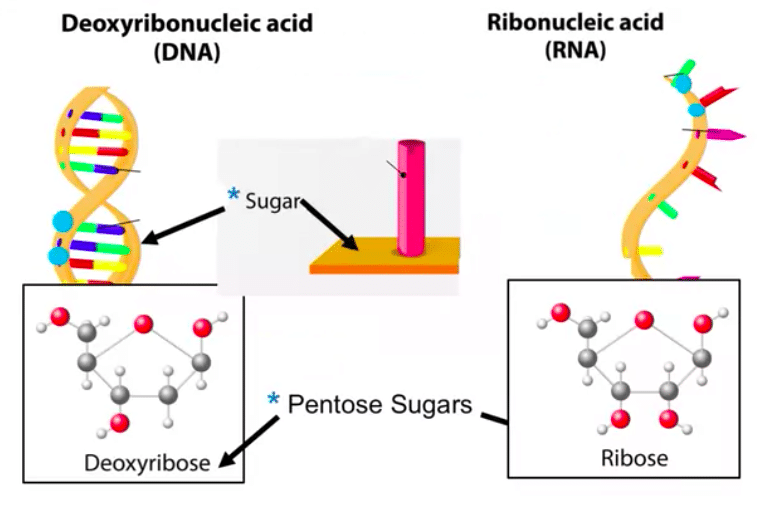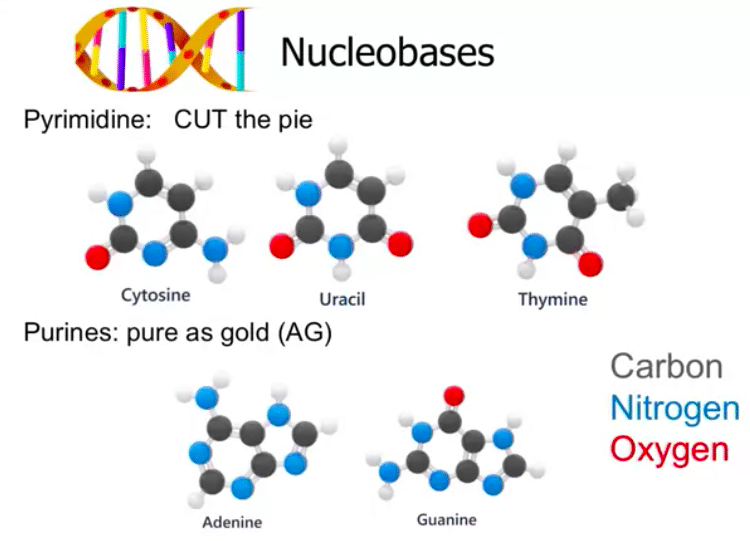
In its biology and biochemistry questions, MCAT will test you heavily on molecular genetics, so it’s a good idea to start brushing up on the basics as soon as you can.
Check out our video lesson on MCAT molecular genetics (including a transcript, for those who need it), and keep reading for a quick molecular genetics review.
MCAT Molecular Genetics Review
Molecular genetics is the field of biology that studies the structure and function of genes on the molecular level. DNA (deoxyribonucleic acid) and RNA (ribonucleic acid) are the building blocks of molecular genetics, so we’ll start our review there:
- DNA is the main component of chromosomes and the carrier of all genetic information.
- RNA is a nucleic acid present in all living cells. RNA carries instructions from DNA on how to control the processes involved in protein synthesis.
DNA can be converted into RNA through a process called transcription. From there, RNA may then be converted into proteins.
DNA can also make more of itself in a process called replication.
DNA and RNA are both composed mainly of a five-carbon sugar, called pentose sugar (pent for five!) In the case of DNA, the pentose sugar is deoxyribose, while in RNA it’s simply ribose.
The other two components of DNA (and RNA) are a nitrogenous base and a phosphate group.
The bases can either be pyrimidine or purine. Pyrimidine bases are cytosine (C), uracil (U), or thymine (T). Purine bases are adenine (A) and guanine (G). Our favorite trick for remembering which bases are which is through the mnemonics: “CUT the pie” (“pie” for pyrimidine) and “pure as gold” (Ag is the atomic symbol for gold).
When G and C bind, they form a three hydrogen bond. A can bind with T (in DNA) or U (in RNA), forming a two hydrogen bond.
More MCAT Study Materials:
Are you on the market for an MCAT study schedule? More free MCAT lessons? Maybe this MCAT Molecular Genetics review was less of a “review” than you’d hoped…don’t worry! Our official MCAT test prep has you covered.
Whatever you’re looking for, check out the links below for everything MCAT:









